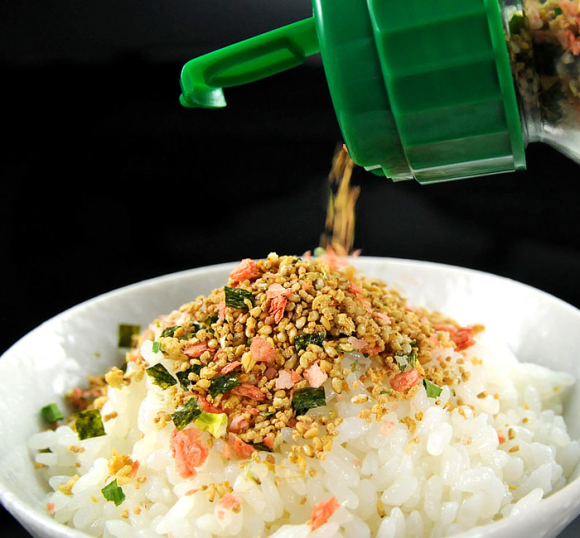
In Japan, almost every traditional meal is served with white rice. Sometimes, though, even Japanese diners find themselves craving something a little more flavorful, and when they do, they reach for a container of furikake (lit. “sprinkle over”) flakes to liven up their rice.
Dried fish like salmon or bonito are the most common kinds of furikake, but just like every region of Japan has its own special Kit-Kats, different parts of the country also have their own unique furikake, and today we’re taking a look at seven of the most tempting.
1. Shikuwasa
Starting off in Japan’s tropical south, the islands of Okinawa are a prime growing spot for shikuwasa. The fragrant citrus fruit is also known as flat lemon or hirami lemon, and makes for a tangy and refreshing furikake with an invigorating fragrance.
2. Garlic
Speaking of furikake that imparts an unmistakable scent, Aomori Prefecture is Japan’s leading producer of garlic. The locally made garlic furikake is supposed to taste great and stimulate your appetite, but we wouldn’t recommend starting your day with it before heading off to school or the office.
3. Soba
Although it’s usually eaten as a noodle, Shizuoka Prefecture also makes soba buckwheat into furikake loaded with healthy rutin, a circulation-improving antioxidant.
4. Yakisoba
Shizuoka brings a second dose of noodle goodness with furikake based off the inexpensive local delicacy called Fujisan yakisoba, a heaping helping of stir-fried noodles piled high like Mt. Fuji. The furikake version is flavored with the same tasty sauce as the original dish.
5. Hitsumabushi
Nagoya has a number of tasty temptations that draw visitors to the city, including miso pork cutlets and tempura shrimp rice balls. The most upmarket, though, is histumabushi, grilled unagi (freshwater eel) served over rice. Turned into furikake, it delivers a sweet and spicy flavor, just the sort of thing to add to your lunchtime bento boxed lunch to power you through the rest of the day.
6. Kaki no tane
Although kaki no tane literally translates as “persimmon seeds,” in this case it’s referring to little chips of fried mochi that are a specialty of Niigata Prefecture. Since mocha by itself doesn’t have much more flavor than plain rice, the kaki no tane furikake comes in two differently seasoned versions: crab for seafood lovers or wasabi for spice fiends.
7. Butter potato
Finally, from Hokkaido, Japan’s spud capital, comes furikake with the flavor of baked potatoes slathered in butter. This is a popular souvenir for travelers flying out of the northern island’s Chitose Airport, and those who’ve tried it say it tastes like pouring potato chips over rice (flavors we’ve recently had fun combining ourselves).
All of these varieties of furikake can be ordered online from retailers such as Rakuten and Amazon Japan. So if you can’t bear the thought of staring at a bowl of unflavored white rice, stock up on the whole list and you’ll be set for every day of the week.
Source: Japaaan
Top image: Rakuten
Insert images: Okinawa Bijin, Feenu, Amazon Japan, Tono Shizuoka, SMCB, Tono Shizuoka (2), Xtone, Amazon Japan (2), Rakuten (2, 3), Amazon Japan (3), Rakuten (4)

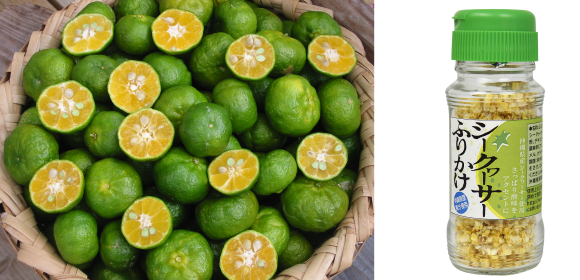
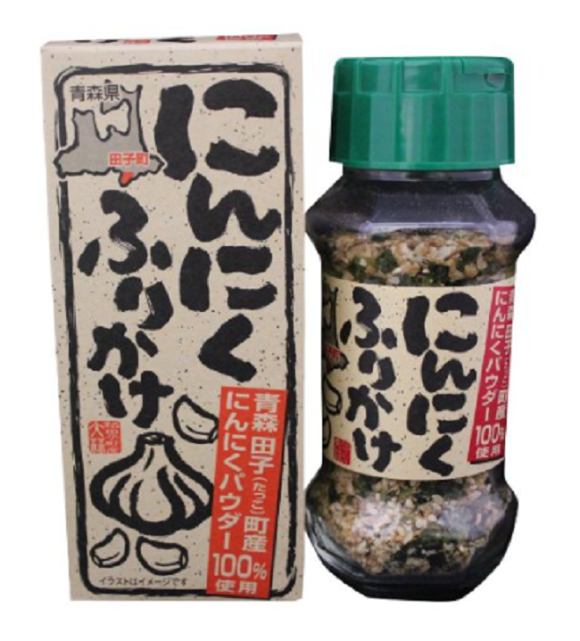
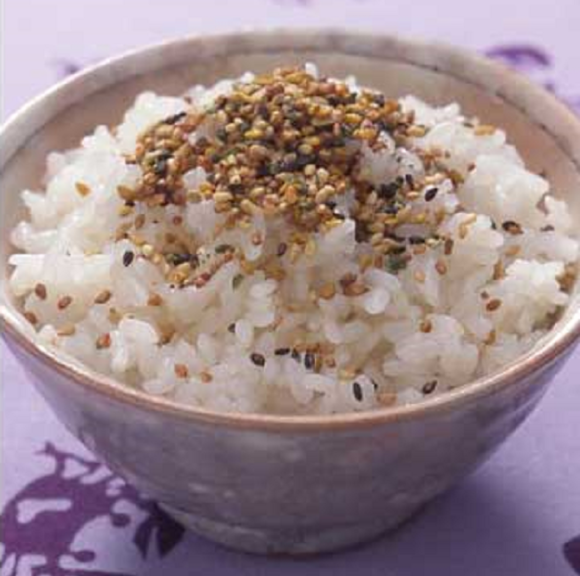

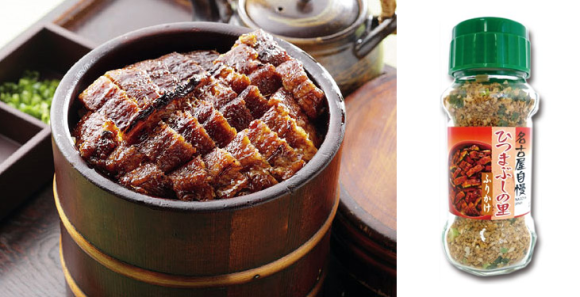
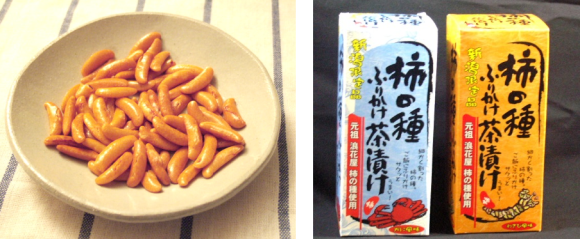
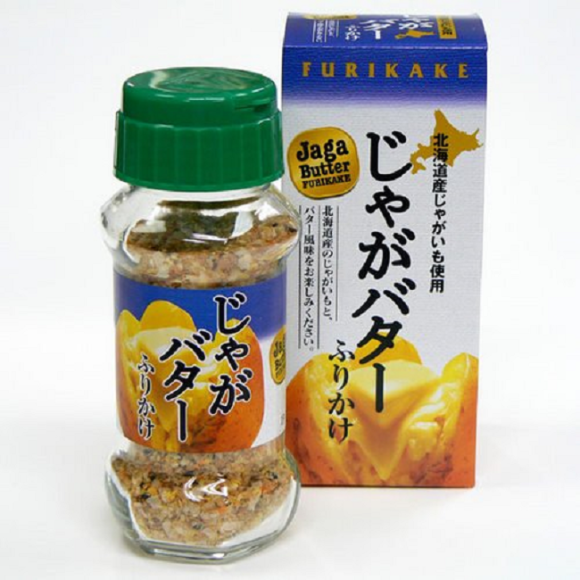
 Japan’s potato chip-flavor rice topping is set to add some snack-time appeal to plain white rice
Japan’s potato chip-flavor rice topping is set to add some snack-time appeal to plain white rice Fried chicken-flavor rice spread going on sale in Japan to keep your karaage cravings satisfied
Fried chicken-flavor rice spread going on sale in Japan to keep your karaage cravings satisfied Sushi and onigiri rice balls get a new look with rollable furikake
Sushi and onigiri rice balls get a new look with rollable furikake Fun with Kaki No Tane rice cracker ice cream sandwiches【Taste test】
Fun with Kaki No Tane rice cracker ice cream sandwiches【Taste test】  Furikake rice toppings gaining popularity in US, but are Americans doing it wrong?
Furikake rice toppings gaining popularity in US, but are Americans doing it wrong? McDonald’s new Happy Meals offer up cute and practical Sanrio lifestyle goods
McDonald’s new Happy Meals offer up cute and practical Sanrio lifestyle goods All-you-can-drink Starbucks and amazing views part of Tokyo’s new 170 meter-high sky lounge
All-you-can-drink Starbucks and amazing views part of Tokyo’s new 170 meter-high sky lounge More foreign tourists than ever before in history visited Japan last month
More foreign tourists than ever before in history visited Japan last month Starbucks reopens at Shibuya Scramble Crossing with new look and design concept
Starbucks reopens at Shibuya Scramble Crossing with new look and design concept Hamster abandoned at Tokyo ramen restaurant gets new home
Hamster abandoned at Tokyo ramen restaurant gets new home Is the new Shinkansen Train Desk ticket worth it?
Is the new Shinkansen Train Desk ticket worth it? Beautiful Sailor Moon manhole cover coasters being given out for free by Tokyo tourist center
Beautiful Sailor Moon manhole cover coasters being given out for free by Tokyo tourist center Randomly running into a great sushi lunch like this is one of the best things about eating in Tokyo
Randomly running into a great sushi lunch like this is one of the best things about eating in Tokyo Enjoy viewing Kyoto’s cherry blossoms from above on a guided zipline tour
Enjoy viewing Kyoto’s cherry blossoms from above on a guided zipline tour The oldest tunnel in Japan is believed to be haunted, and strange things happen when we go there
The oldest tunnel in Japan is believed to be haunted, and strange things happen when we go there Disney princesses get official manga makeovers for Manga Princess Cafe opening in Tokyo
Disney princesses get official manga makeovers for Manga Princess Cafe opening in Tokyo We try out “Chan Ramen”, an underground type of ramen popular in the ramen community
We try out “Chan Ramen”, an underground type of ramen popular in the ramen community Beautiful new Final Fantasy T-shirt collection on the way from Uniqlo【Photos】
Beautiful new Final Fantasy T-shirt collection on the way from Uniqlo【Photos】 Foreign English teachers in Japan pick their favorite Japanese-language phrases【Survey】
Foreign English teachers in Japan pick their favorite Japanese-language phrases【Survey】 There’s a park inside Japan where you can also see Japan inside the park
There’s a park inside Japan where you can also see Japan inside the park Japanese convenience store packs a whole bento into an onigiri rice ball
Japanese convenience store packs a whole bento into an onigiri rice ball Studio Ghibli releases Kiki’s Delivery Service chocolate cake pouches in Japan
Studio Ghibli releases Kiki’s Delivery Service chocolate cake pouches in Japan Japan’s bone-breaking and record-breaking roller coaster is permanently shutting down
Japan’s bone-breaking and record-breaking roller coaster is permanently shutting down New definition of “Japanese whiskey” goes into effect to prevent fakes from fooling overseas buyers
New definition of “Japanese whiskey” goes into effect to prevent fakes from fooling overseas buyers Foreign passenger shoves conductor on one of the last full runs for Japan’s Thunderbird train
Foreign passenger shoves conductor on one of the last full runs for Japan’s Thunderbird train Our Japanese reporter visits Costco in the U.S., finds super American and very Japanese things
Our Japanese reporter visits Costco in the U.S., finds super American and very Japanese things Kyoto bans tourists from geisha alleys in Gion, with fines for those who don’t follow rules
Kyoto bans tourists from geisha alleys in Gion, with fines for those who don’t follow rules Studio Ghibli unveils Mother’s Day gift set that captures the love in My Neighbour Totoro
Studio Ghibli unveils Mother’s Day gift set that captures the love in My Neighbour Totoro Domino’s Japan now sells…pizza ears?
Domino’s Japan now sells…pizza ears? New Japanese KitKat flavour stars Sanrio characters, including Hello Kitty
New Japanese KitKat flavour stars Sanrio characters, including Hello Kitty Sales of Japan’s most convenient train ticket/shopping payment cards suspended indefinitely
Sales of Japan’s most convenient train ticket/shopping payment cards suspended indefinitely Sold-out Studio Ghibli desktop humidifiers are back so Totoro can help you through the dry season
Sold-out Studio Ghibli desktop humidifiers are back so Totoro can help you through the dry season Japanese government to make first change to romanization spelling rules since the 1950s
Japanese government to make first change to romanization spelling rules since the 1950s Ghibli founders Toshio Suzuki and Hayao Miyazaki contribute to Japanese whisky Totoro label design
Ghibli founders Toshio Suzuki and Hayao Miyazaki contribute to Japanese whisky Totoro label design Doraemon found buried at sea as scene from 1993 anime becomes real life【Photos】
Doraemon found buried at sea as scene from 1993 anime becomes real life【Photos】 Tokyo’s most famous Starbucks is closed
Tokyo’s most famous Starbucks is closed One Piece characters’ nationalities revealed, but fans have mixed opinions
One Piece characters’ nationalities revealed, but fans have mixed opinions We asked a Uniqlo employee what four things we should buy and their suggestions didn’t disappoint
We asked a Uniqlo employee what four things we should buy and their suggestions didn’t disappoint Princesses, fruits, and blacksmiths: Study reveals the 30 most unusual family names in Japan
Princesses, fruits, and blacksmiths: Study reveals the 30 most unusual family names in Japan Studio Ghibli’s new desktop Howl’s Moving Castle will take your stationery on an adventure
Studio Ghibli’s new desktop Howl’s Moving Castle will take your stationery on an adventure Now you can have churrasco style barbecue as rice cracker snacks!
Now you can have churrasco style barbecue as rice cracker snacks! Nicocafe dishes up a serving of surreal with manga meat, half an umaibo, and rice teishoku
Nicocafe dishes up a serving of surreal with manga meat, half an umaibo, and rice teishoku Nissin Cup Noodle flavored seasoning for rice?!?
Nissin Cup Noodle flavored seasoning for rice?!? New traditional rice topping selling well, but at 10,000 yen a pop it doesn’t take much
New traditional rice topping selling well, but at 10,000 yen a pop it doesn’t take much PewDiePie tries “every” Japanese snack and this is how people in Japan reacted to it
PewDiePie tries “every” Japanese snack and this is how people in Japan reacted to it Neco Meshi: The line of Japanese snacks that both you and your cat can eat! 【Taste test】
Neco Meshi: The line of Japanese snacks that both you and your cat can eat! 【Taste test】 How many do you know? 12 delicious foods in Japanese supermarkets and convenience stores
How many do you know? 12 delicious foods in Japanese supermarkets and convenience stores Super expensive sushi restaurant super cheap beef bowl chain team up to create Unagyu Burger
Super expensive sushi restaurant super cheap beef bowl chain team up to create Unagyu Burger Japan’s ideas for easy meals that rely on one wonder ingredient: cheese!
Japan’s ideas for easy meals that rely on one wonder ingredient: cheese! Kaki gohan – A super-easy, super-tasty rice cooker treat to make this autumn【Recipe】
Kaki gohan – A super-easy, super-tasty rice cooker treat to make this autumn【Recipe】 3 unusual gyoza creations from Tochigi Prefecture, the Japanese capital of dumplings 【Taste Test】
3 unusual gyoza creations from Tochigi Prefecture, the Japanese capital of dumplings 【Taste Test】 Japanese udon noodle-flavor tortilla chips are the latest delicious way to multi-task snack
Japanese udon noodle-flavor tortilla chips are the latest delicious way to multi-task snack “Let them eat furikake!” says Mayor Hashimoto as Osaka school lunch saga rumbles on
“Let them eat furikake!” says Mayor Hashimoto as Osaka school lunch saga rumbles on Butter sushi becoming an unlikely hit in Osaka
Butter sushi becoming an unlikely hit in Osaka This Robo Chef will make you perfect fried rice without any need to lift a heavy wok
This Robo Chef will make you perfect fried rice without any need to lift a heavy wok
Leave a Reply